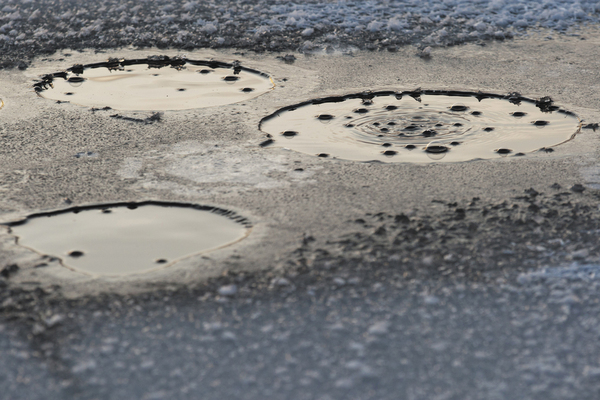Trillions to be lost through climate inaction
Estimates from global economists suggest the current rate of climate change will wipe $60 trillion from the world’s economy over the next few decades.
The figure is approximately equal to the entire planet’s economy at the moment; the predictions were made by climate economist at Cambridge University lead by Dr Chris Hope, specialist advisor to the British House of Lords Select Committee on the Economics of Climate Change.
The team based their assumptions on an estimated 50 billion tonnes of extra methane released by Arctic ice melts and business-as-usual emissions of all other greenhouse gases such as carbon dioxide from power plants and motor vehicles. Dr Hope says the $60 trillion figure comes from the amount of time methane is present in the atmosphere – normally between 10 and 50 years.
Dr Hope described the type of damage predicted as a result of climate change would include: “In parts of Africa... [people] would no longer be able to have productive agriculture. It would mean that areas of Asia, particularly Bangladesh and other low-lying areas where we would at the moment already see quite devastating floods, those floods would occur more frequently and be more devastating. Those are the kinds of impacts we're talking about, and as we said in our paper, about 80 per cent of those impacts occur in the countries that are least able to withstand them.”
The report detailing the massive concerns about the impacts of climate change has attracted plenty of criticism in the few days since its release, with commentators picking apart the modelling methodology and accusing the researchers of alarmist predictions. Dr Hope says $60 trillion is, “a mean value from the models that we run. So, it's important to emphasise that it's by no means the most alarmist outcome, it's by no means the worst outcome... we run the model 10,000 times to take account of all [the] risks... we might just possibly get away with extra impacts of only about $10 trillion over the next 50 to 70 years. There's about a five per cent chance that the extra impacts will be as low as that. But on the other hand, there's a five per cent chance that the extra impacts could be as high as $220 trillion.”
Dr Hope has also claimed in interviews related to the report that a carbon tax is a better option for mitigating the effects of climate change than an emissions trading scheme like the one in the EU or that Australia is currently heading toward.
“There are many ways in which a carbon tax is better than an emissions trading system,” Dr Hope says, “one obvious one is that if you have a carbon tax then everybody who is trying to make decisions knows what the price is and they can have some certainty in the planning that they're doing... that's a certainty that you don't have if you have a cap and trade system... people can't plan effectively, they can't change the types of electricity generation that they have, they can't put in place infrastructure that might take years or decades.”
The Opposition’s direct action plan is even worse, according to the expert in global climate economics: “It's a system effectively of giving subsidies to people not to emit pollution. It's a very bad system. The last thing you want to be doing is subsidising people who are doing bad things. What you want to do is use the polluter-pays principle, make sure that anybody who is emitting pollution pays for the damage that that pollution is causing.”
The report has been published in the scientific journal Nature.








 Print
Print